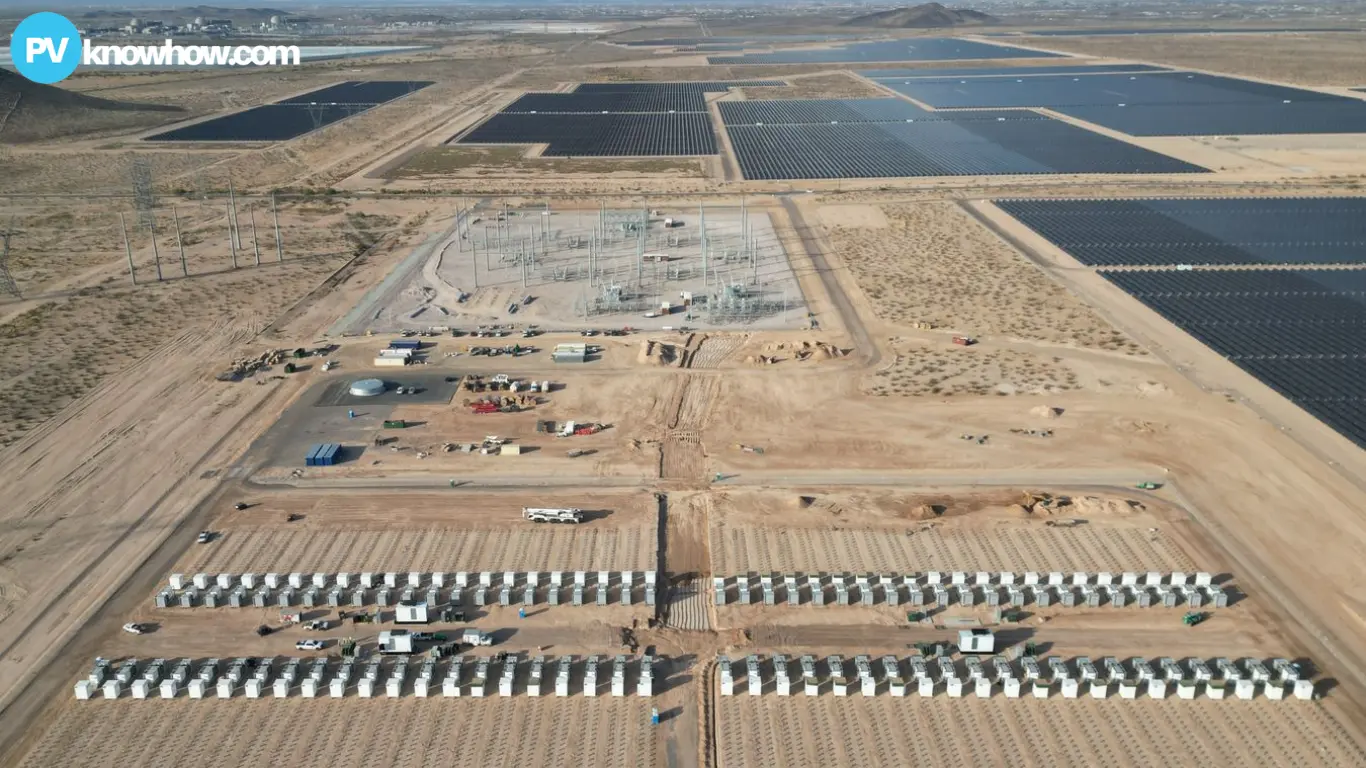The Egyptian Electricity Holding Company (EEHC) has initiated a tender process for the construction and operation of an 8.2 MW solar plant and a 2 MW/4MWh battery energy storage system in Siwa Oasis — situated in western Egypt.

Image: Collected
Deadline for Submission
Initially, EEHC is seeking expressions of interest from domestic and international firms for the planning, construction, and management of the establishment. Situated on a 16-hectare plot within Siwa Oasis, the site currently hosts a microgrid and a 10 MW photovoltaic (PV) system.
According to a report from Solar Quarters, EEHC aims to bolster the microgrid by expanding upon the existing PV system, thereby augmenting electricity supply to rural areas in the vicinity.
The deadline for submitting expressions of interest electronically to EEHC is June 3, 2024. As outlined in the tender document, a call for proposals will follow in the summer, preceding the contract's award in early December.
By the conclusion of 2023, Egypt had implemented 1,836 MW of solar power, as reported by the International Renewable Energy Agency (IRENA). The Egyptian government aims to attain 42% of renewables in its energy portfolio by 2030, including 22% from solar sources. To achieve this goal, an estimated 31 GW of solar capacity will be necessary.
Egypt's Evolving Energy Landscape: A Transition Towards Renewable Sources
Egypt's renewable energy journey began with significant wind power projects, reaching 555 MW of capacity by 2012, primarily driven by donor support rather than government initiatives to exploit renewable resources. Siemens' completion of three massive combined cycle gas-fired power plants in 2018, totaling 14.4 GW, highlighted Cairo's emphasis on natural gas.
The Russian-Ukrainian conflict caused a spike in gas prices, pushing European markets to search for alternative fuel sources. This shift benefited Egypt, which supplied 80% of its liquefied natural gas exports to Europe.
Currently, Egypt's power generation mix comprises 80% thermal, 12% wind, 6% hydro, and 2% solar, according to Egypt's New and Renewable Energy Authority (NREA). The government plans to raise the share of renewables to 42% of the energy mix by 2030, with 22% coming from solar sources. Achieving this goal requires increasing solar capacity from the current 1.77 GW to 31 GW, alongside a longer-term target of 60% renewables by 2040.
By the end of 2023, solarBy the end of 2023, Egypt's solar capacity included 1.5 GW at Benban, 26 MW at Kom Ombo near Aswan, and 50 MW at the Zafarana project on the Red Sea coast. The Zafarana project is operated by the Belectric-CCC joint venture. Additionally, there were 97 MW of rooftop and 30 MW of standalone solar capacity, with the remaining 102 MW distributed among commercial and industrial installations and smaller arrays.
Egypt's Pioneering Venture into Utility-Scale Photovoltaic Development
Egypt's utility-scale photovoltaic (PV) development centers on Aswan, tapping into its solar wealth and vast land. The Benban project — 50 km from Aswan — comprises 41 projects spanning 37 km² with a capacity of 1.4-1.8 GW, costing $4 billion and funded by institutions like the IFC and AfDB.
Benban operates under feed-in tariffs (FITs), providing operators with guaranteed prices for 25 years, creating 6,000 jobs and expertise. Projects like Voltalia's RA venture use Suntech 330 W panels, securing power sales at $0.084/kWh under Egypt's FIT program.
Beyond Benban, projects like ACWA Power's 200 MW Kom Ombo near completion, receiving financing from entities like EBRD and the OPEC Fund. These developments underscore Egypt's commitment to expanding its utility-scale PV capacity and diversifying its energy portfolio.

